Manual vs. Electric vs. Hydraulic Rebar Bender: Which is Best
A rebar bender is a machine or tool used in construction to bend reinforcing steel bars (also known as rebar) to a specific angle or shape. Rebar is used to reinforce concrete structures and provide additional strength and stability to buildings, bridges, and other infrastructure.
Rebar benders come in different types and sizes, ranging from handheld manual benders to heavy-duty electric or hydraulic machines capable of bending large diameter bars. They are commonly used by steel fabricators, contractors, and construction workers to bend rebar to the required specifications for a particular project.
Contents
Types of Rebar Bender
Manual, electric, and hydraulic rebar benders are three different types of tools used in construction for bending reinforcing steel bars or rebar. Each type of bender has its own unique features, advantages, and limitations.
Here’s a brief overview of each type:
Manual Rebar Bender
This type of rebar bender is operated manually, using a lever or handle to bend the rebar. It is typically smaller in size and less expensive than electric or hydraulic benders, making it a good option for smaller projects or DIY use.
However, it requires physical effort to operate and may not be as precise or efficient as electric or hydraulic benders.
Electric Rebar Bender
An electric rebar bender uses an electric motor to power the bending mechanism, making it faster and more efficient than manual benders. It is also more precise, as the motor can be programmed to bend the rebar to a specific angle or shape.
Electric benders are more expensive than manual benders, but they are still relatively portable and easy to use on job sites.
Hydraulic Rebar Bender
A hydraulic rebar bender is the most powerful and precise type of rebar bender. It uses hydraulic pressure to bend the rebar, which allows for greater force and control over the bending process. Hydraulic benders are capable of bending larger diameter rebar and can be used for heavy-duty construction projects.
However, they are also the most expensive and heaviest type of bender, making them less portable and more suited for permanent or semi-permanent installations.
How a Rebar Bender Works
The basic structure of a rebar bender
It consists of a frame, bending pins or rollers, a bending lever or handle, and a cutting blade (in some models). The bending pins or rollers hold the rebar in place while the lever or handle is used to apply force and bend the rebar to the desired angle or shape. Some models may also include a cutting blade to cut the rebar to the desired length. The bending process
A rebar bender is a tool used to bend reinforcing steel bars (rebar) to a specific angle or shape. The exact workings of a rebar bender can vary depending on the type of bender, but here is a general overview of how a manual rebar bender works:
- Prepare the rebar: Before bending the rebar, it must be cut to the desired length and any rust or debris must be removed from the surface. It’s also important to check the diameter of the rebar to ensure that it is compatible with the bender.
- Position the rebar: The rebar is placed into the bender between the bending pins or rollers, which hold it in place.
- Adjust the bender: The bender is adjusted to the desired angle or shape using the lever or handle. The angle can be measured using a protractor or angle finder tool.
- Bend the rebar: The lever or handle is then used to apply force to the rebar, causing it to bend to the desired angle or shape. The bender may need to be readjusted and the process repeated to achieve the desired result.
For electric and hydraulic rebar benders, the process is similar but with the added convenience of motorized or hydraulic power to assist in the bending process. These types of benders also typically have more precise controls for bending the rebar to specific angles and shapes.
Factors that affect the bending process
The bending process of a rebar bender can be affected by several factors, including:
- Rebar Diameter: The diameter of the rebar is an important factor that affects the bending process. A thicker rebar will require more force to bend than a thinner rebar.
- Rebar Material: The material of the rebar can also affect the bending process. Some types of rebar, such as stainless steel, may be harder to bend than other types of rebar.
- Bend Angle: The angle at which the rebar is being bent can also affect the bending process. A sharper angle will require more force than a more gradual angle.
- Bend Radius: The radius of the bend, or the size of the curve being created, can also affect the bending process. A tighter radius will require more force than a larger radius.
- Bending Pin Alignment: The alignment of the bending pins or rollers in the bender can also affect the bending process. If the pins are not properly aligned, the rebar may not bend correctly or may become damaged.
- Bending Speed: The speed at which the rebar is bent can also affect the bending process. Bending too quickly can cause the rebar to become deformed or damaged.
- Bender Type: The type of rebar bender being used can also affect the bending process. Manual benders may require more physical effort and may not be as precise as electric or hydraulic benders.
Tips for Using a Rebar Bender
Here are some tips for using a rebar bender effectively and safely:
- Choose the right type of rebar bender for the job: Consider the size and thickness of the rebar, as well as the required bending angle and radius, and choose a bender that is suitable for the task.
- Properly prepare the rebar: Cut the rebar to the desired length and remove any rust or debris from the surface before bending.
- Adjust the bending pins or rollers: Ensure that the bending pins or rollers are properly aligned and adjusted to fit the size and shape of the rebar being bent.
- Position the rebar correctly: Place the rebar into the bender with the desired bending point in between the pins or rollers and make sure that it is securely held in place.
- Use proper bending technique: Apply force slowly and steadily using the lever or handle, and avoid using excessive force or bending too quickly. Use a protractor or angle finder to ensure that the desired angle is achieved.
- Ensure safety precautions: Wear appropriate personal protective equipment, such as gloves and eye protection, and keep hands and fingers clear of the bending mechanism to avoid injury.
- Clean and maintain the bender: Regularly clean and lubricate the bender to ensure smooth operation and prevent damage or wear. Follow manufacturer instructions for maintenance and repair.
Conclusions
Rebar benders are an essential tool in construction for bending and shaping reinforcing steel bars (rebar) to the required shape and size. The use of rebar benders ensures that the rebar is bent to the precise angle and radius required for a particular construction project, which helps to strengthen and reinforce the concrete structure.
The use of properly bent and placed rebar can increase the overall strength and durability of a concrete structure, reducing the risk of structural failure and improving its ability to withstand forces such as earthquakes and heavy loads.
Rebar benders also improve the efficiency and accuracy of construction work, reducing the amount of manual labor required and enabling workers to complete projects more quickly and with greater precision.
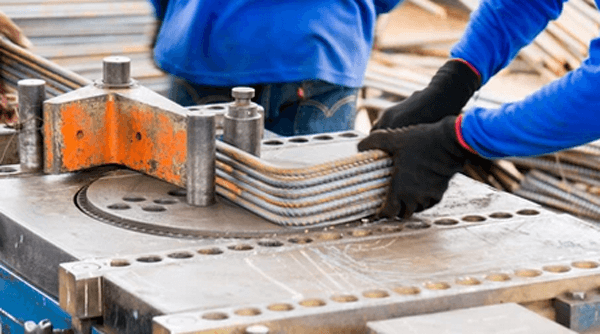




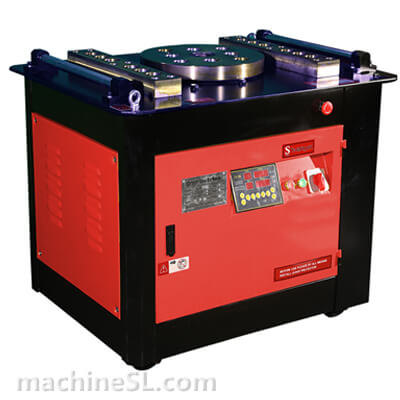
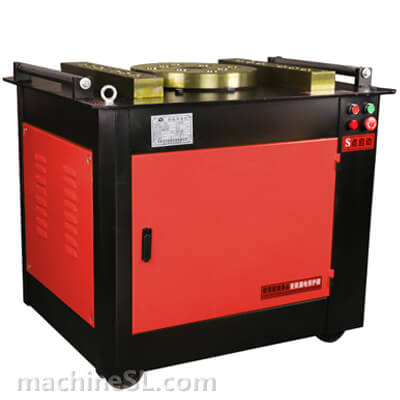
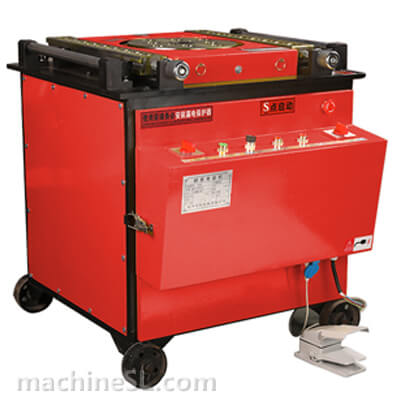
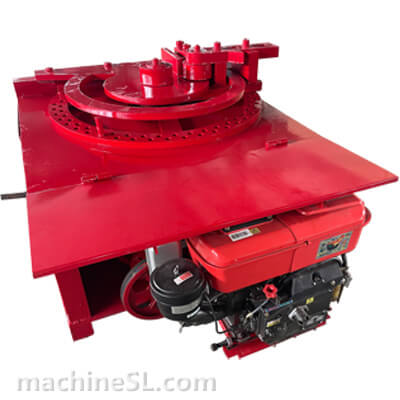


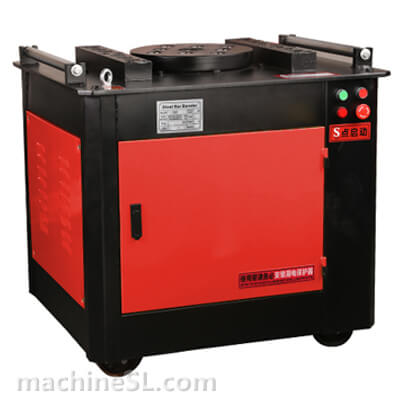

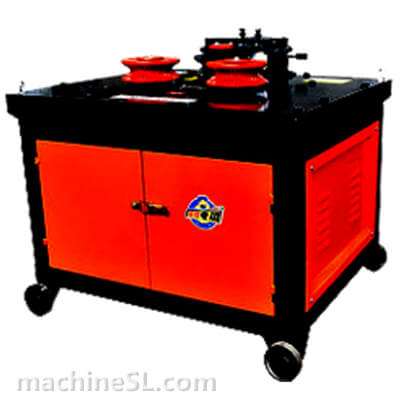

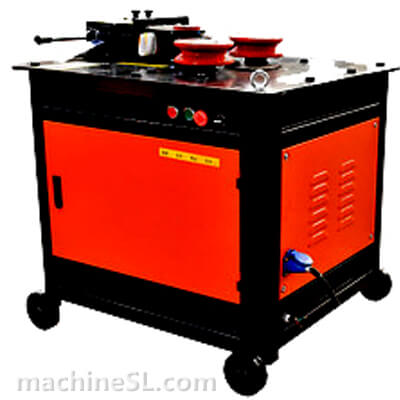







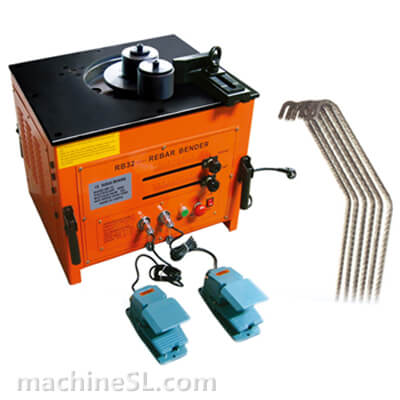


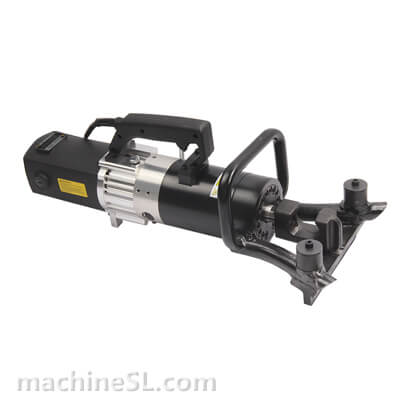





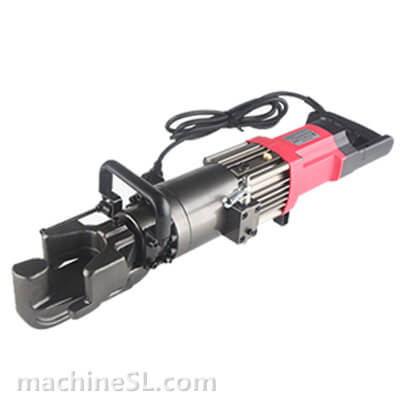


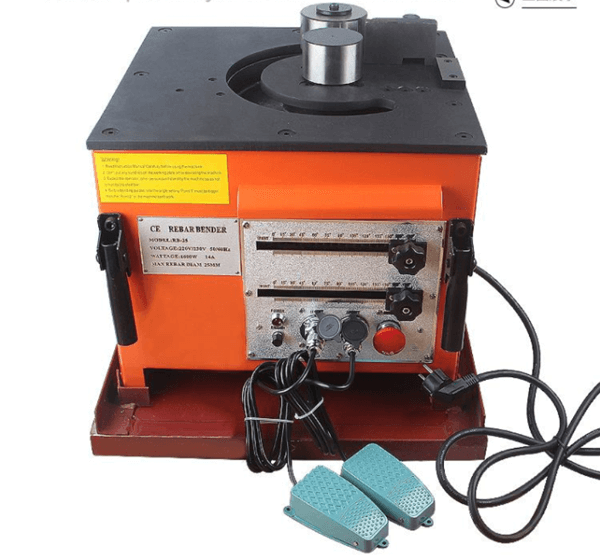





I like that you mentioned how it is essential to inspect the diameter of the rebar to make sure it is compatible with the bender before cutting the rebar to the necessary length and cleaning any rust or dirt from the surface. Actually, my uncle’s been taking on some serious DIY electrical projects at home, and he’s decided it’s high time he invested in an Electric Bender for Rigid Conduit. He’s tired of wrestling with manual benders, and he figures an electric one would save him a ton of sweat and effort while ensuring those conduit bends are precise.
good